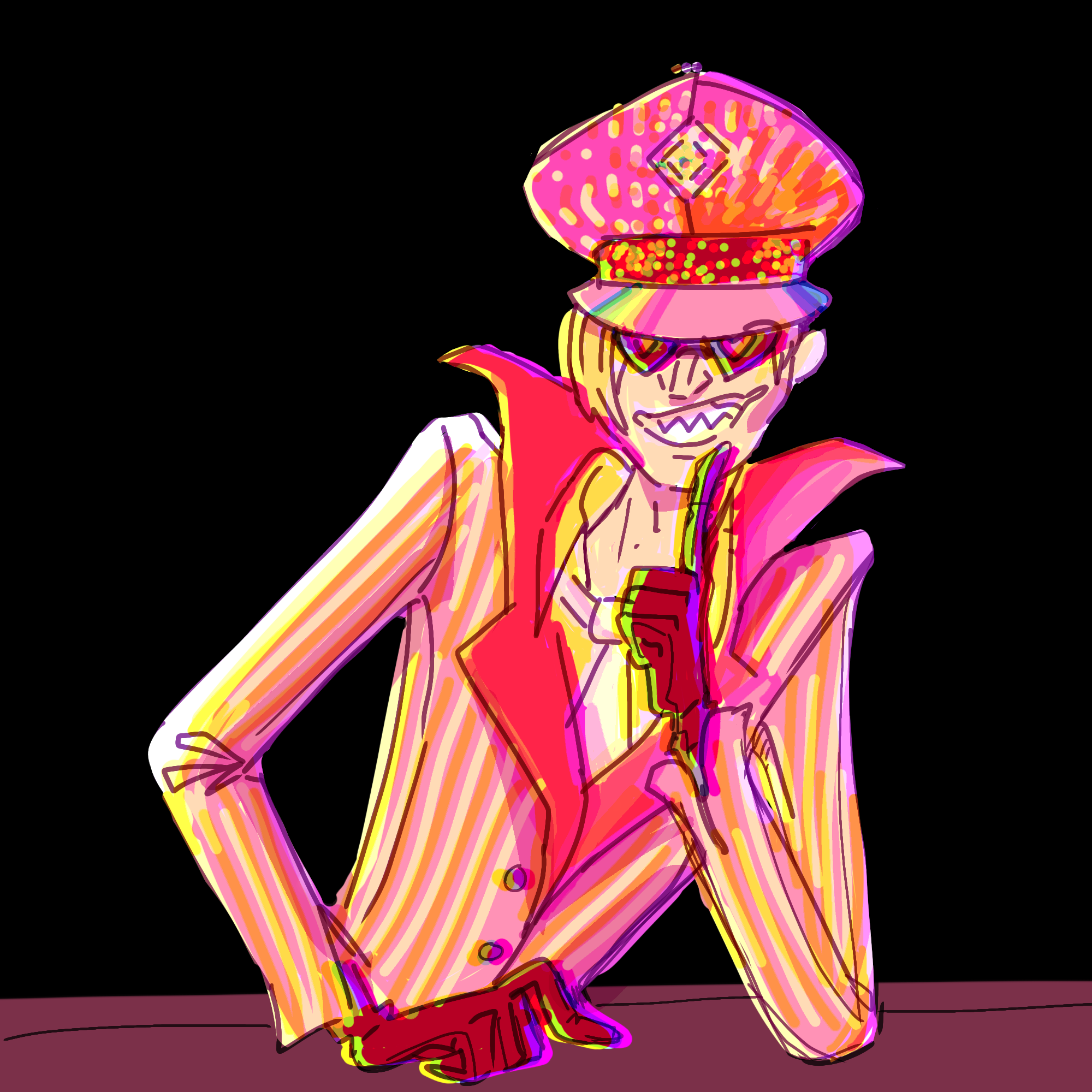In how the society treats deviance, there exists a duality of a designated and an erased deviant.
A designated deviant is someone whose deviance the society is aware of.
In opposition to that, an erased deviant is someone whose deviance is denied or obscured in discussions while they still receive their portion of the anti-deviance treatment in practice. This may take several forms:
- Outright denial of the deviance’s existence, “it doesn’t exist, you’re just making it up on purpose”. A classic example is enbyphobia.
- Replacing the erased deviant with a designated deviant. As seen with transageism, OtY transage people are assumed to be pedophiles.
- Acknowledging presence of deviant traits, refusing to associate them with a proper identity and treating it like a set of disconnected behaviors. Commonly happens to autistic and ADHD people.
I call designated-erased a duality instead of two distinct categories, because, depending on the situation, the same deviance may be both. For example, when lesbians are discussed as traumatized women who actually can be “fixed” and made straight, they are erased. But when people say all trans men are just confused lesbians, lesbians become a designated deviant category that replaces the erased one.
In general, the society makes you designated when it’s more convenient to single you out, point at you, and pin the blame on you, and it makes you erased when it’s more convenient to say you’re not a real statistically valid group that things happen to. There also exists a practice of making more commonly designated and more commonly erased deviants oppose and fight each other.
This duality somewhat mirrors hypervisible/invisible terms you may come across in more mainstream discussions of oppression, but I never liked the word “invisible” in this context, because none of us are actually invisible, it makes it sound like the oppressors are less aware of our existence and less focused on us, and this is unhelpful when talking about targeted oppression.


Transrace is definitely an erased deviant because tracephobes love to say it doesn’t exist